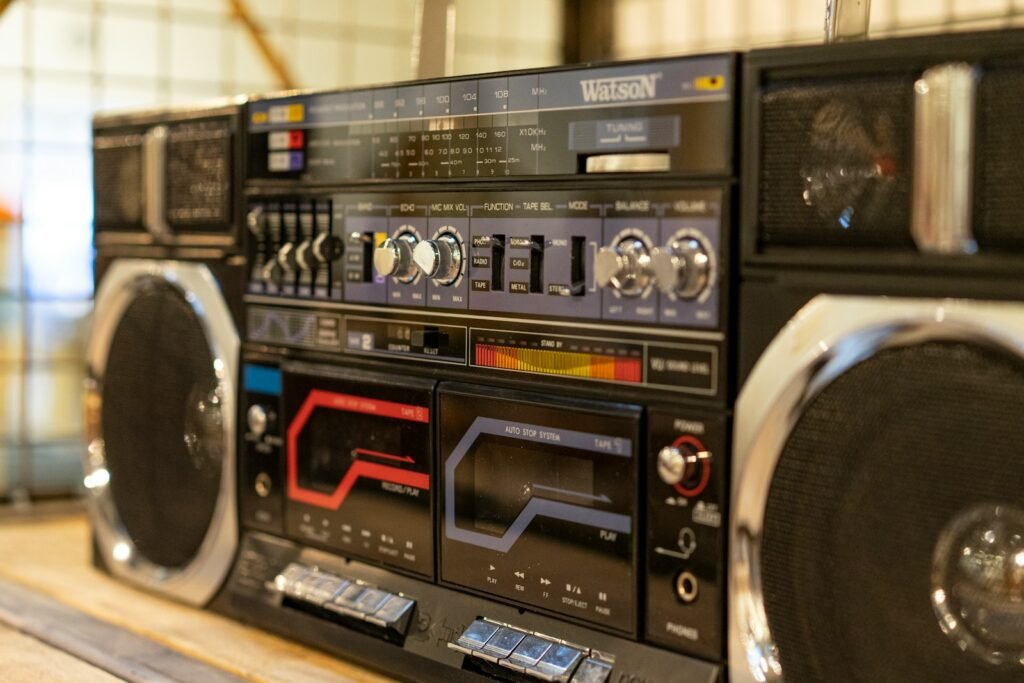In the space of a heartbeat, a radio telescope can catch a shout from billions of light-years away – and then silence. Fast radio bursts, or FRBs, are among astronomy’s most electrifying puzzles: millisecond flashes that can outshine entire galaxies in radio light before vanishing again. Each new detection deepens the intrigue, sketching a story of extreme physics, tangled magnetic fields, and cosmic weather we barely understand. Competing theories circle like birds over open water – magnetars, compact-object collisions, even exotic scenarios – yet none land perfectly. The chase is relentless, and every fresh burst redraws the boundary between what we think we know and what the universe is willing to reveal.
The Hidden Clues
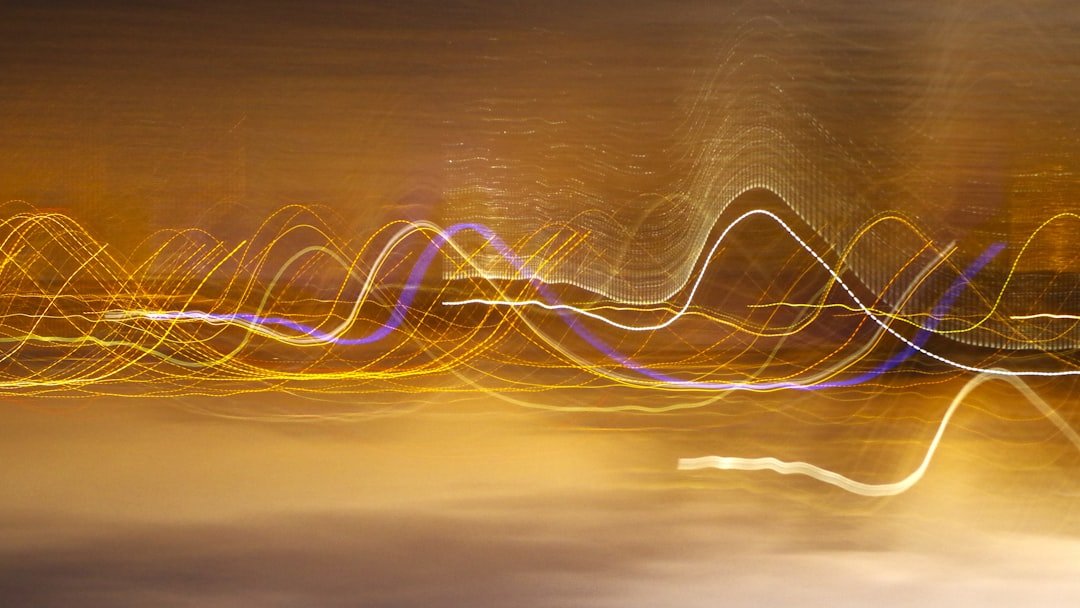
What kind of engine can fire a millisecond flash brighter than a galaxy and then fall quiet as stone? The clues arrive baked into the signals themselves: how the burst is stretched across frequencies, how its polarization twists, how it scatters and fades. Astronomers decode these fingerprints to reconstruct the environment near the source, the gas between galaxies, and the plumbing of magnetic fields along the way.
Dispersion, that frequency-dependent delay, acts like a cosmic odometer, hinting at the distance and the intergalactic matter crossed. Polarization angles can swing sharply, betraying intense magnetism near the source. And subtle “drifts” in frequency from high to low whisper about the shock waves and plasma choreography during the split-second flare.
From a Serendipitous Find to a Global Hunt
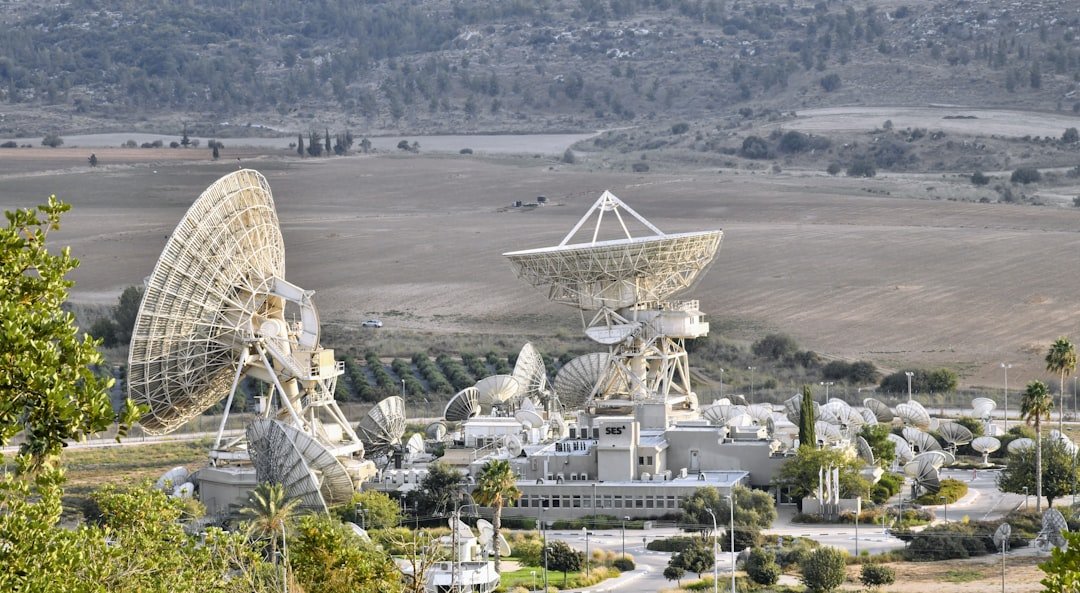
The story began with a surprise in archival data and quickly grew into an all-hands search, the astronomical equivalent of hearing a knock in an empty house. New instruments were built with wide fields of view and lightning-fast recording to catch bursts in real time. Arrays in Canada, Australia, China, Europe, and South Africa now stitch together a round-the-clock watch.
What was once a handful of bursts now numbers in the tens of thousands, a change that transformed FRBs from oddities into a statistical universe. As catalogs swelled, patterns – and contradictions – emerged: some sources repeat, some don’t, and many defy tidy categories. The result is a field sprinting to keep pace with its own data.
Repeaters, One-Offs, and the Case of the Missing Pattern
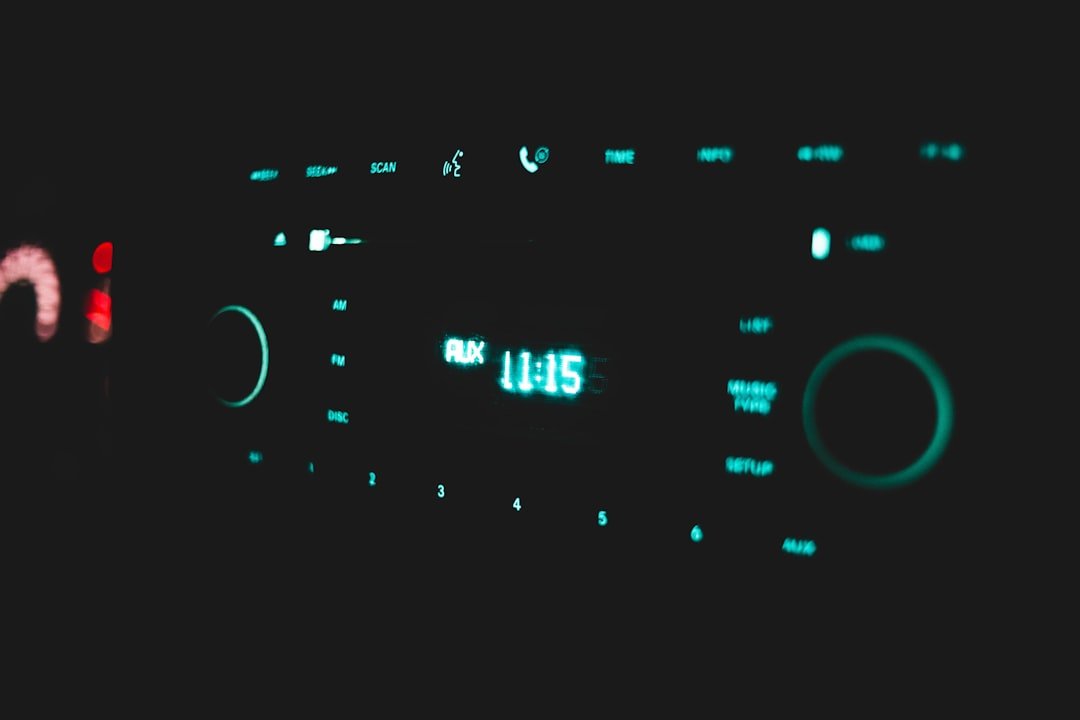
Some FRBs behave like fireworks shows, returning with multiple blasts from the same patch of sky. Others flare once and vanish, leaving only a trail of questions. Even among repeaters, the timing is quirky: some burst in active windows separated by quiet spells, almost like a lighthouse whose fog horn doesn’t keep perfect time.
For a while, researchers hoped periodicity would be the Rosetta stone, but the sky refused to be simple. Activity cycles that look clockwork for a season can wobble the next, suggesting complex engines or surrounding plasma at play. The missing pattern is itself a clue: the universe may be running several FRB factories at once.
Inside the Burst: What the Signals Say

Zoom in on a single burst and structure leaps out – multiple sub-bursts stepping downward in frequency, microsecond spikes, and abrupt polarization flips. Those details point to shock fronts racing through dense plasma, or to magnetized neutron-star surfaces where fields twist with brutal intensity. The brevity alone demands compact engines and extreme energies compressed into absurdly small volumes.
I remember watching a dynamic spectrum waterfall across a control-room monitor and feeling my stomach drop; it was like hearing lightning underwater. Every ridge and fracture in that waterfall is physics speaking in an accent we’re still learning. It’s forensic science at the speed of a blink.
Where They Live: Host Galaxies and Cosmic Weather
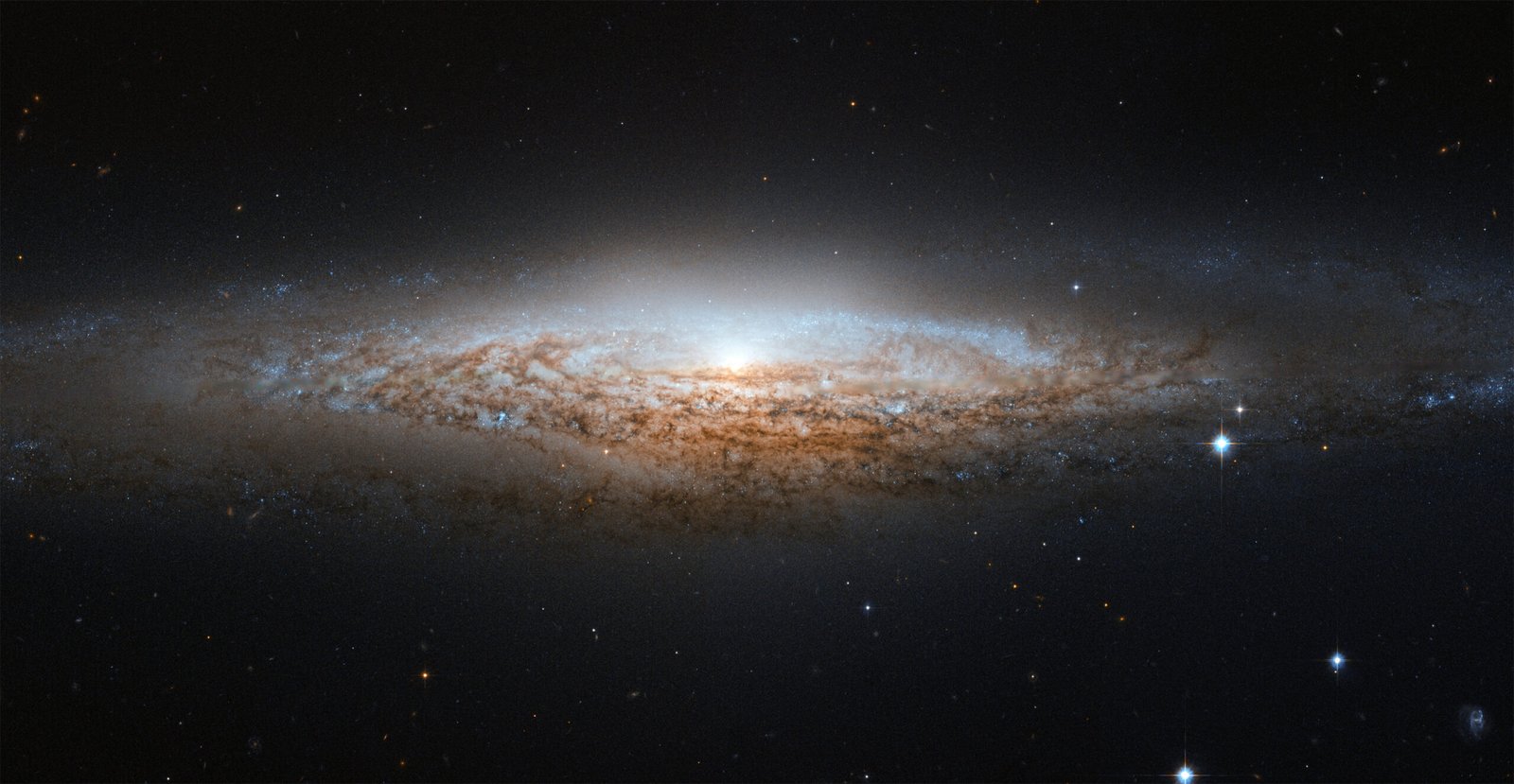
Pinpointing FRBs to host galaxies changed everything, swapping guesswork for street addresses. Localizations now place bursts in a mix of spiral disks, dwarf star-forming galaxies, and regions that scream young, massive stars. In some cases, the surrounding medium looks turbulent and highly magnetized, the kind of neighborhood where magnetars are born angry.
Beyond the source, the path matters. Intervening halos and filaments add dispersion and scattering, turning each FRB into a probe of the intergalactic medium. Piece enough of them together and you can start mapping the missing ordinary matter that traditional methods struggle to weigh.
Why It Matters

FRBs aren’t just an astrophysical whodunit; they’re precision tools disguised as mysteries. Compared with supernovae or quasars, they are clean, sharp beacons that sample the universe on millisecond timescales and across vast distances. That makes them ideal for taking the temperature, turbulence, and magnetism of otherwise invisible cosmic real estate.
They complement traditional yardsticks by turning the vastness between galaxies into a laboratory. With large, well-localized samples, FRBs can help trace how baryons are distributed, refine models of galactic halos, and stress-test theories of cosmic structure growth. In short, they sharpen our map of everything between here and billions of light-years away.
The Magnetar Hypothesis – and Its Limits
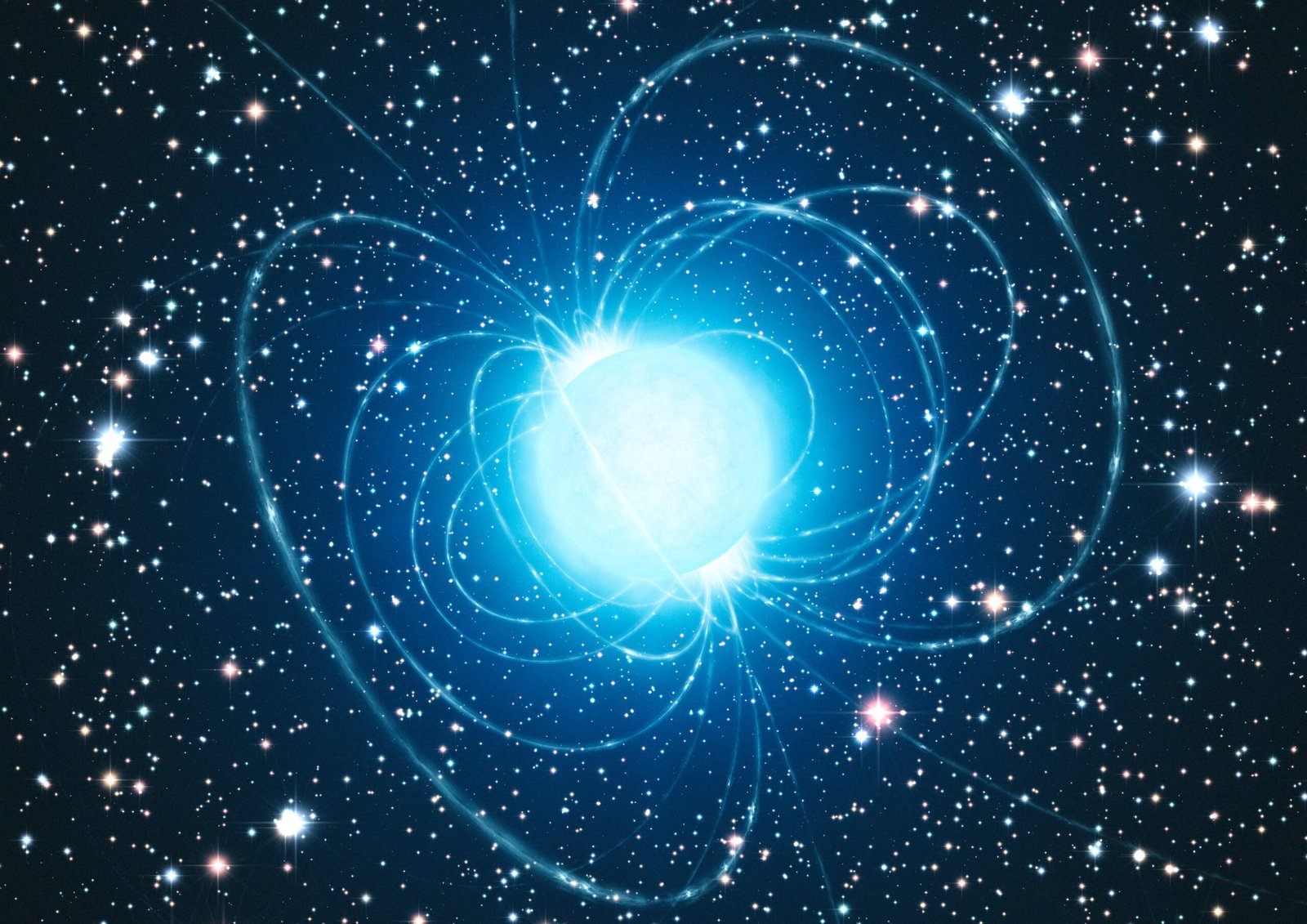
Magnetars, neutron stars with magnetic fields fierce enough to bend physics, are frontline suspects. Their giant flares can plausibly pump out the energies FRBs demand, and at least one burst in our own galaxy carried the right calling cards. The connection feels natural: young magnetars in star-forming regions make sense of several observations at once.
Yet the shoe doesn’t fit perfectly. Not every FRB environment looks like a fresh supernova neighborhood, and some repeaters show longevity and structure hard to square with one-note models. Reality may be a mixtape: magnetars for many, other compact-object channels for the rest.
New Tools, New Eyes
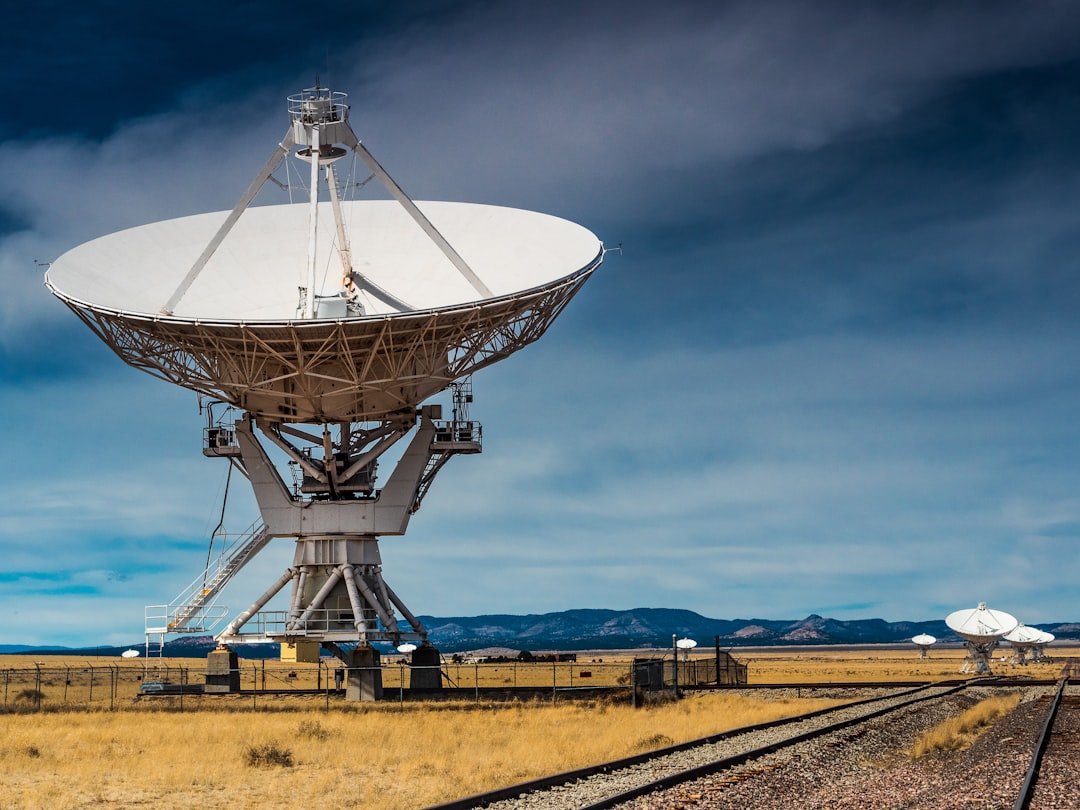
Capturing millisecond events means engineering that thinks in microseconds. Telescopes now run real-time buffers, freezing raw voltage data the instant a burst hits, so astronomers can rewind and dissect the signal in exquisite detail. Machine-learning triage helps sift false alarms from true cosmic pings before the moment slips away.
Interferometric arrays add precise positions, while wide-field instruments keep the catch rate high. Together they flip the old script from “we found something yesterday” to “we’re watching it unfold right now.” The toolkit keeps expanding, and with it, the kinds of questions we’re allowed to ask.
Puzzles at the Frontier
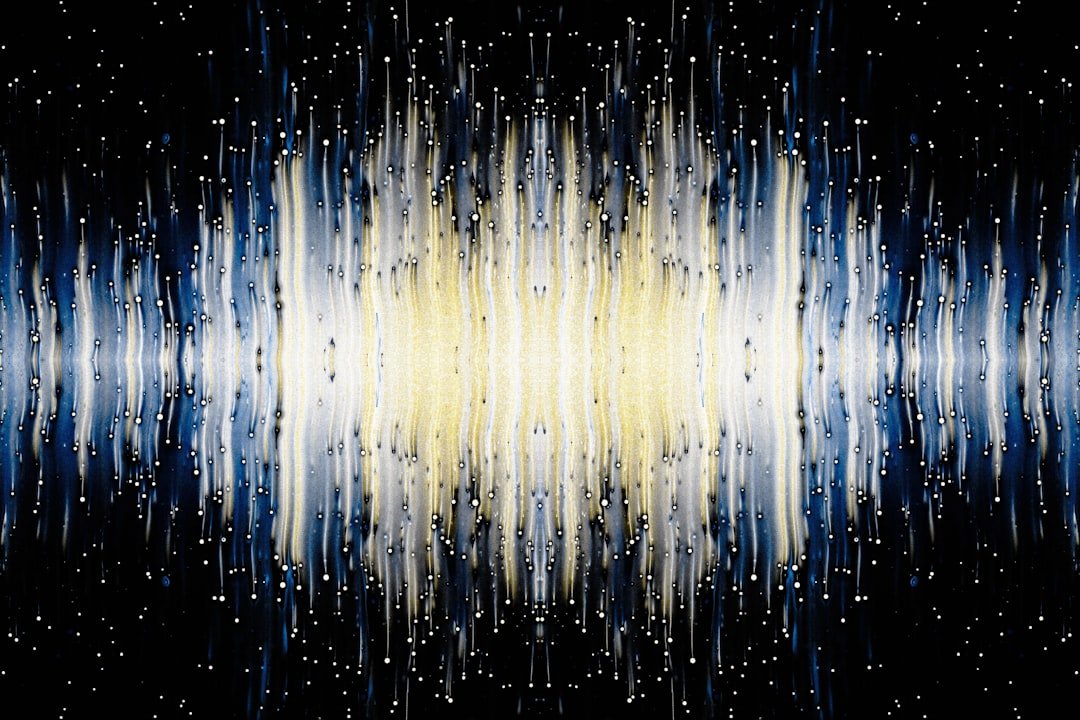
Some bursts arrive so dispersed and so bright that they hint at extreme distances or dense near-source cocoons. Others show startlingly low scattering despite the long road traveled, pushing models of intergalactic turbulence. Energy distributions look uneven, with some FRBs firing gentle pops and others delivering sledgehammers.
Even the apparent divide between repeaters and one-offs blurs as more sensitive observations reveal faint echoes. A tidy taxonomy keeps slipping through our fingers, replaced by a spectrum of behaviors. That messiness is a signpost that the underlying astrophysics is richer than a single-story answer.
The Future Landscape
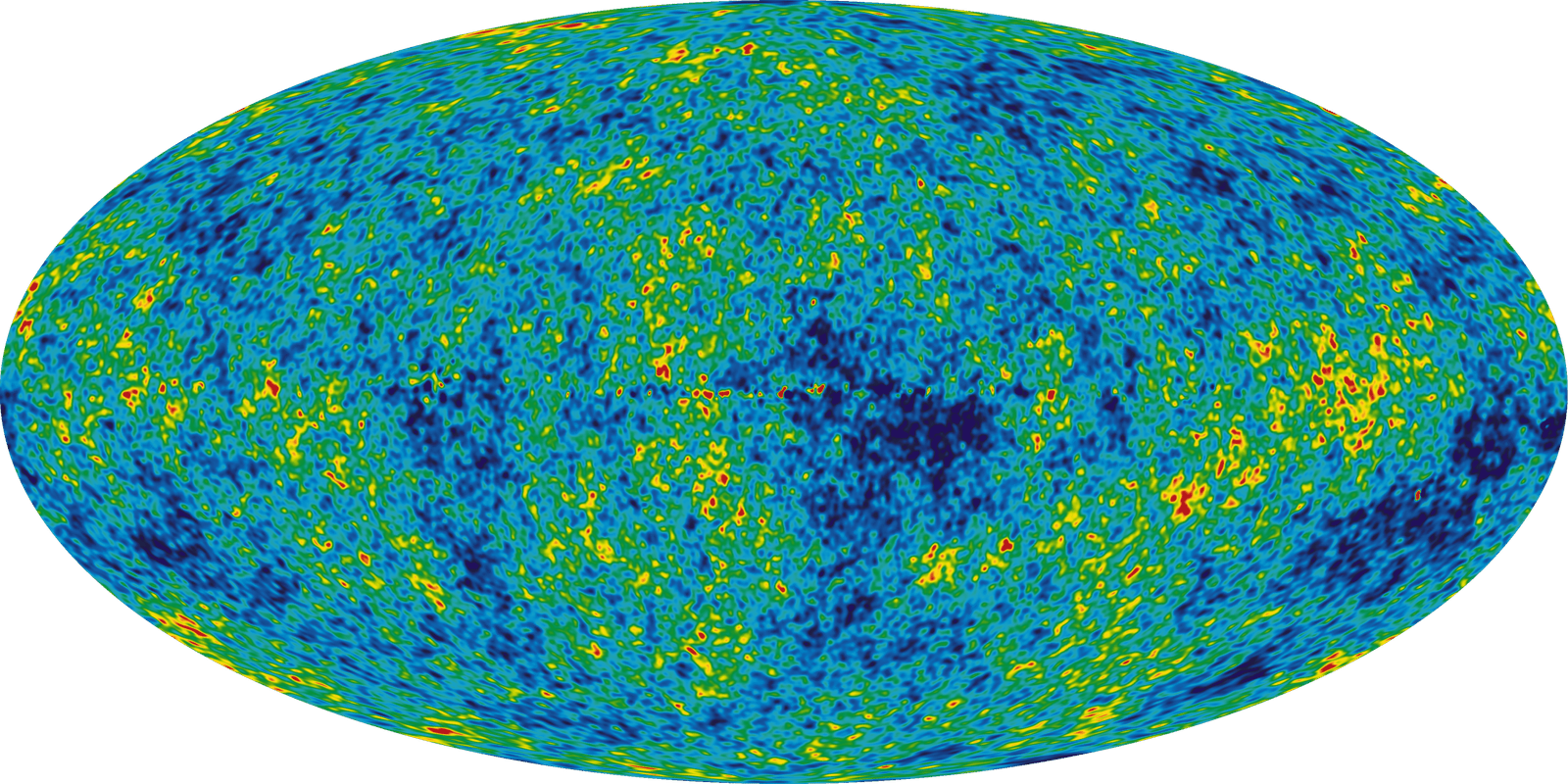
The next wave of instruments will marry huge collecting areas with instant localization, turning mystery into measurement at scale. As discovery rates climb, we’ll build “event weather maps” of the intergalactic medium, charting density, magnetism, and temperature across cosmic time. That, in turn, feeds back into galaxy-formation models and the hunt for the universe’s missing ordinary matter.
Expect tighter tests of the magnetar picture, sharper constraints on alternative engines, and catalogs that finally carry the weight to settle long-running debates. With better statistics and uniform observing, we can separate source physics from propagation effects like grease from water. The field is poised to move from tantalizing hints to precision cosmology stamped with FRB ink.
How You Can Follow the Signals
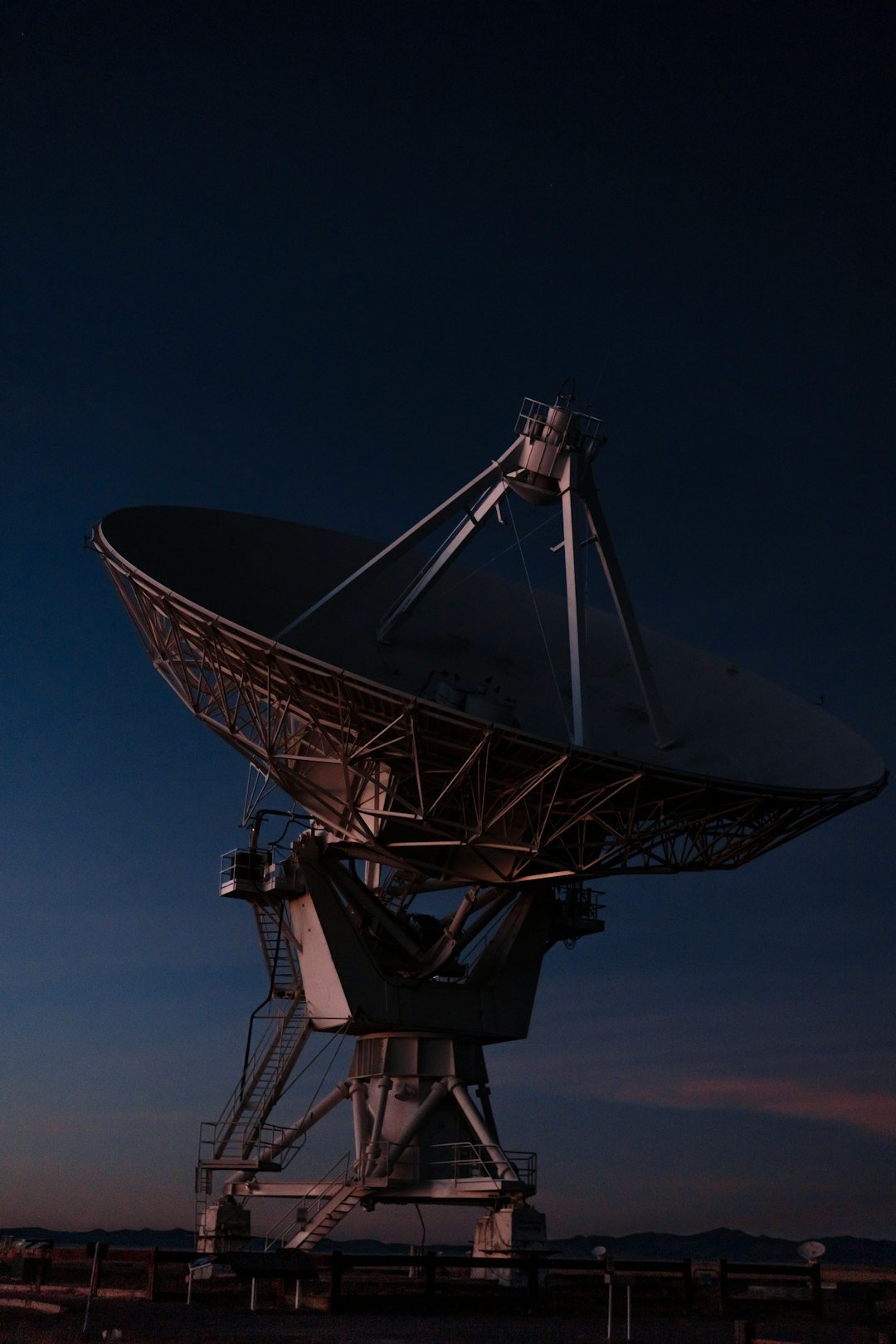
Curiosity fuels this science, and you can keep it burning. Follow public releases from major radio observatories, check out planetarium talks and local astronomy clubs, and keep an eye on university open nights where real-time detections are sometimes shared. If you’re technically inclined, explore open data portals where dynamic spectra and burst catalogs appear after embargoes lift.
Support science education programs and nonprofits that connect students with radio astronomy, especially in communities far from big observatories. Share the story widely: a millisecond flash that reads the universe between galaxies is a powerful gateway to STEM. The more eyes – and minds – on the sky, the faster the puzzle pieces click.
Closing Thoughts

FRBs began as a whisper that something extraordinary was happening out there, and now they’re a chorus we’re finally starting to harmonize with. The signals are small but the questions are enormous, and that mismatch is where discovery lives. I’m convinced the breakthrough will come not from a single perfect burst, but from the unruly crowd of them, shouting their truths in different dialects.
Until then, the hunt goes on, one millisecond at a time, each detection another breadcrumb on a cosmic trail. When the answer arrives, will it be stranger – or simpler – than we dared imagine?

Suhail Ahmed is a passionate digital professional and nature enthusiast with over 8 years of experience in content strategy, SEO, web development, and digital operations. Alongside his freelance journey, Suhail actively contributes to nature and wildlife platforms like Discover Wildlife, where he channels his curiosity for the planet into engaging, educational storytelling.
With a strong background in managing digital ecosystems — from ecommerce stores and WordPress websites to social media and automation — Suhail merges technical precision with creative insight. His content reflects a rare balance: SEO-friendly yet deeply human, data-informed yet emotionally resonant.
Driven by a love for discovery and storytelling, Suhail believes in using digital platforms to amplify causes that matter — especially those protecting Earth’s biodiversity and inspiring sustainable living. Whether he’s managing online projects or crafting wildlife content, his goal remains the same: to inform, inspire, and leave a positive digital footprint.

